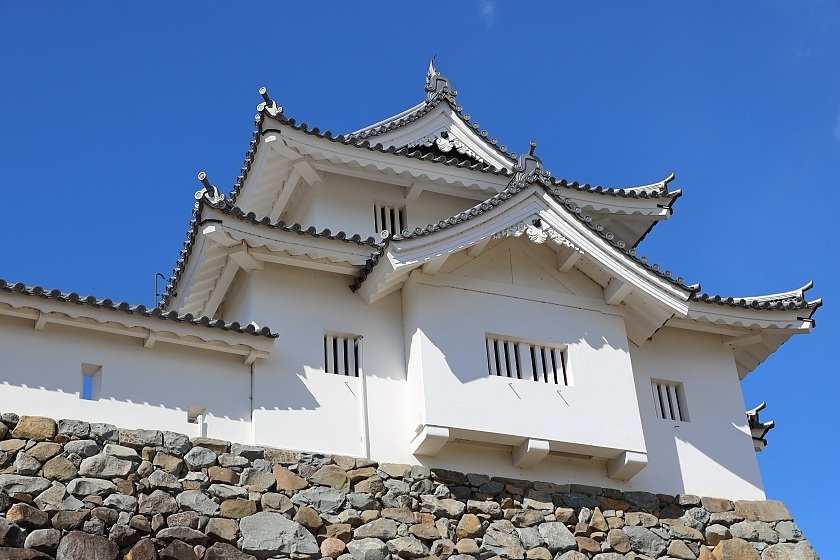Five great books from the Edo Period

After centuries of war and instability, the Edo Period was a time of relative peace and prosperity for Japan. As the merchant classes thrived and thousands flocked to the cities, an entirely new breed of city-dwelling professional or chonin began to emerge and despite their low social status, it would be this section of society - their money, outlook and pursuit of leisure - that would begin to drive Japanese literature forward. From the last great accounts of the way of the samurai to earthy stories of city life, here are five of the most fascinating books from the Edo Period:
The Book of Five Rings, Miyamoto Musashi
This is the most important method of hitting. It is often used. You must train hard to understand it.
Perhaps the most widely read book from this period today, the Book of Five Rings is a classic treatise on the martial arts by legendary swordsman Miyamoto Musashi. Said to have been undefeated in as many as 61 duels, Musashi also participated in some of the most extraordinary events of his time, from the fall of Osaka Castle in 1614 to the crushing of the Shimabara Rebellion in 1638. Setting out his theories of swordfighting, philosophy and the way of the samurai, the book is not only of particular interest to students of martial arts but continues to inspire people from all walks of life.
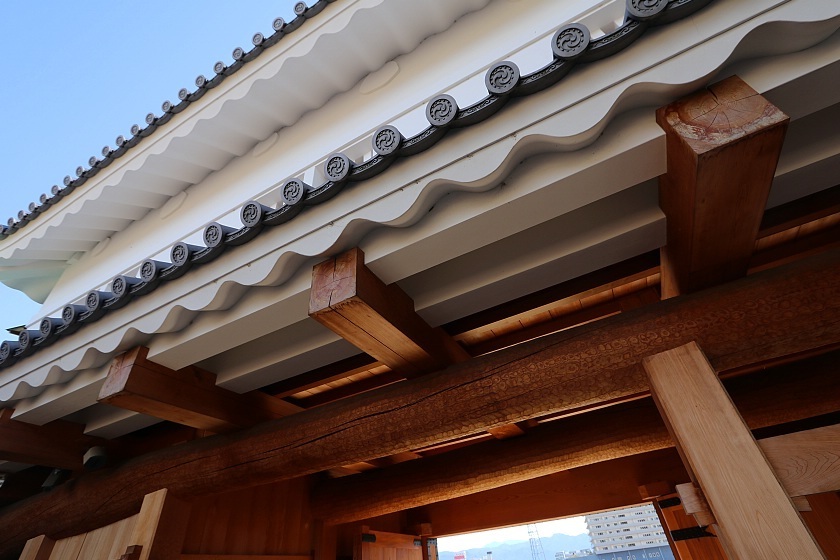
The Narrow Road to the Interior, Matsuo Basho
Every turn of the road brought me new thoughts and every sunrise gave me fresh emotions.
Regarded as one of the great classics of Japanese literature, the Narrow Road relates a five-month journey by the author through remote northern provinces, with semi-fictional anecdotes, literary references and historical background interspersed with haiku revealing his innermost response to experiences along the way. Despite its creative and philosophical depth, the text is always accessible and rewarding.
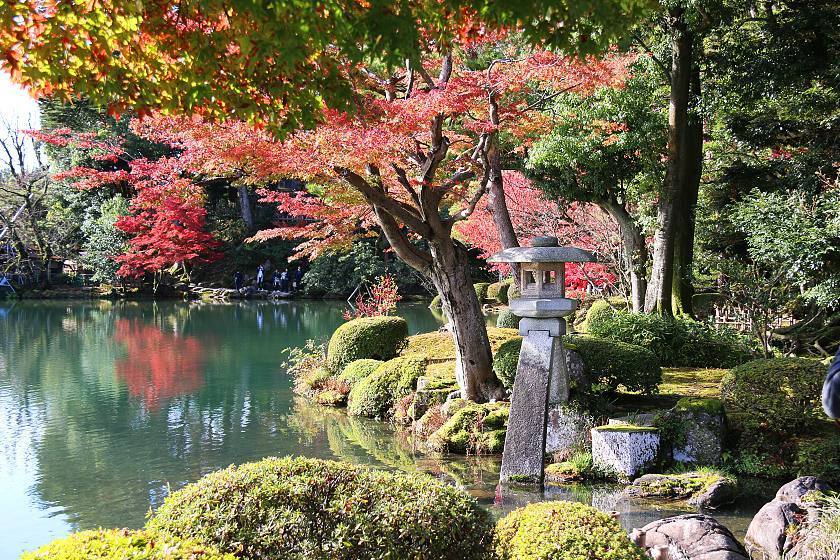
This Scheming World, Ihara Saikaku
If making money is a slow process, losing it is quickly done.
Born into wealthy merchant family, Saikaku began composing poetry from an early age before experimenting with prose fiction. In particular, he is credited with starting the popular "ukiyozoshi" or floating world genre, describing the lives and experiences of city-dwelling merchants and craftsmen (chonin), and enjoyed considerable success in his own time. His final work This Scheming Life is a series of vignettes showing townspeoples' cycnical attempts to extort money or give their creditors the slip over new years day, one of five annual festivals when debts became due. Despite a slightly moralizing tone, the book is full of earthy humor and a fascinating read for anyone interested in Edo Period daily life.
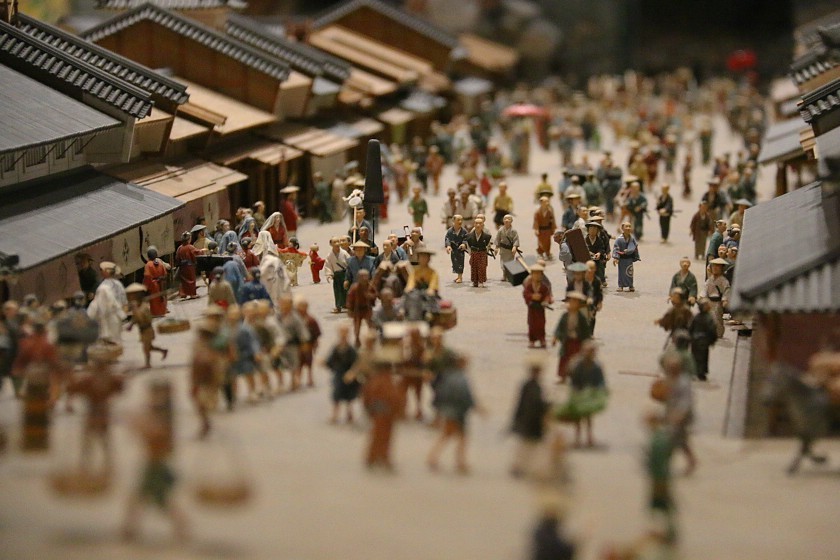
Tales Moonlight and Rain, Ueda Akinari
The moon glows on the river, wind rustles the pines. Long nights, clear evenings - what are they for?
In an extraordinarily varied life, Ueda was born the son of un unknown prostitute, adopted by a wealthy merchant in Osaka and ran the family oil and paper business without success for years before becoming both an author and practicing medical doctor. Regarded as a classic today, his most famous work is a compilation of nine supernatural tales from Ming Period China, transposed into a historical Japanese setting and packed with references to classical poetry and famous sightseeing spots.
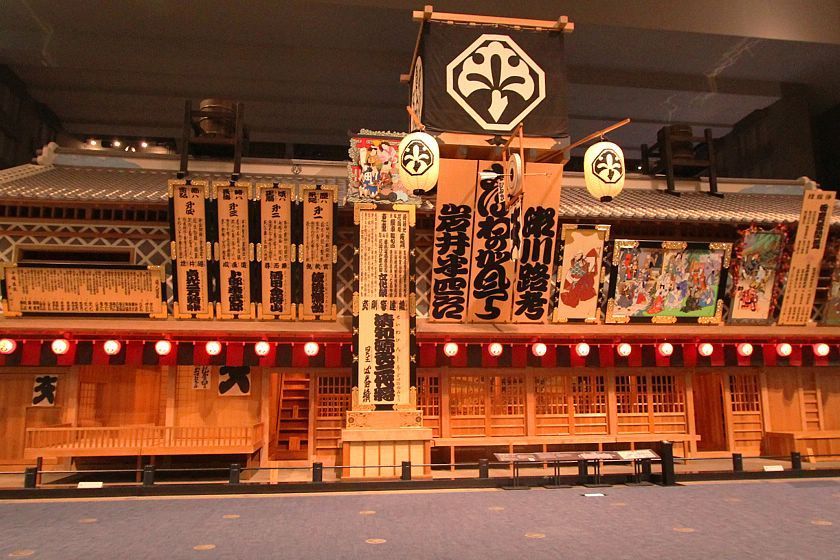
Hagakure, Yamamoto Tsunemoto
This is the substance of the Way of the Samurai: if by setting one's heart right every morning and evening, one is able to live as though his body were already dead, he gains freedom in the Way
A record of the thoughts and comments of a retired samurai living in seclusion after decades of service, the Hagakure is an elegantly written meditation on the ethos of bushido at a time when it was already slipping into the past. Concerned by the erosion of martial spirit by generations of peacetime, Yamamoto urged a return to core, stoic values, especially represented by the willingness to face death. Despite its many shocking statements and blood-curdling anecdotes, it is an enormously powerful book and a must-read for anyone interested in the history of the samurai.
